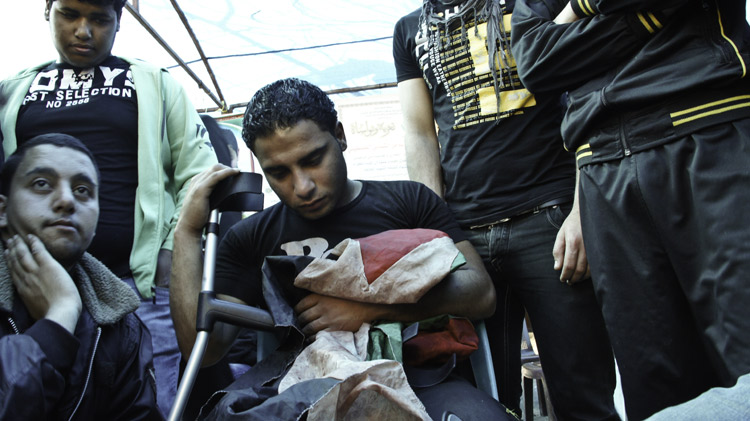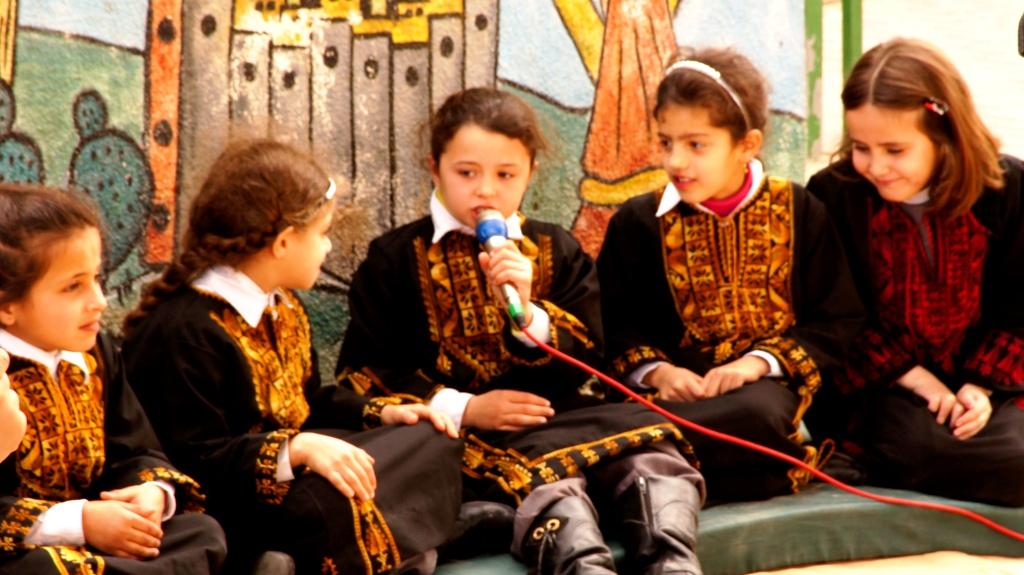Tag: Land Day
-
They shoot the youth don’t they?
by Johnny Bravo 4 April 2012 | International Solidarity Movement, Gaza On March 30, 1976, the Palestinian people declared a general strike and demonstrated against the Israeli confiscation of thousands of acres of land in the Galilee. The Israeli’s responded with violence, killing six unarmed Palestinian demonstrators and injuring hundreds. Every year Land Day is…
-
Land Day commemoration in Al Huda School, Khan Yunis
by Nathan Stuckey 1 April 2012 | International Solidarity Movement, Gaza Al Huda School is a small, private primary school in Khan Yunis. It serves about 400 students, a quarter of them orphans. The school isn’t in the center of town, it is more out in the countryside. You look out the windows over fields…
-
Video: Dozens of wounded and shooting at Erez border in Beit Hanoun
by Rosa Schiano 30 March 2012 | International Solidarity Movement, Gaza Today we joined the Global March to Jerusalem from Gaza. Israeli soldiers shot continuosly, dozens of people injured, one killed. I made this small video during the march. Some young people show the blood on their hands. Some guys with two motorcycles carried continuously the injured…


